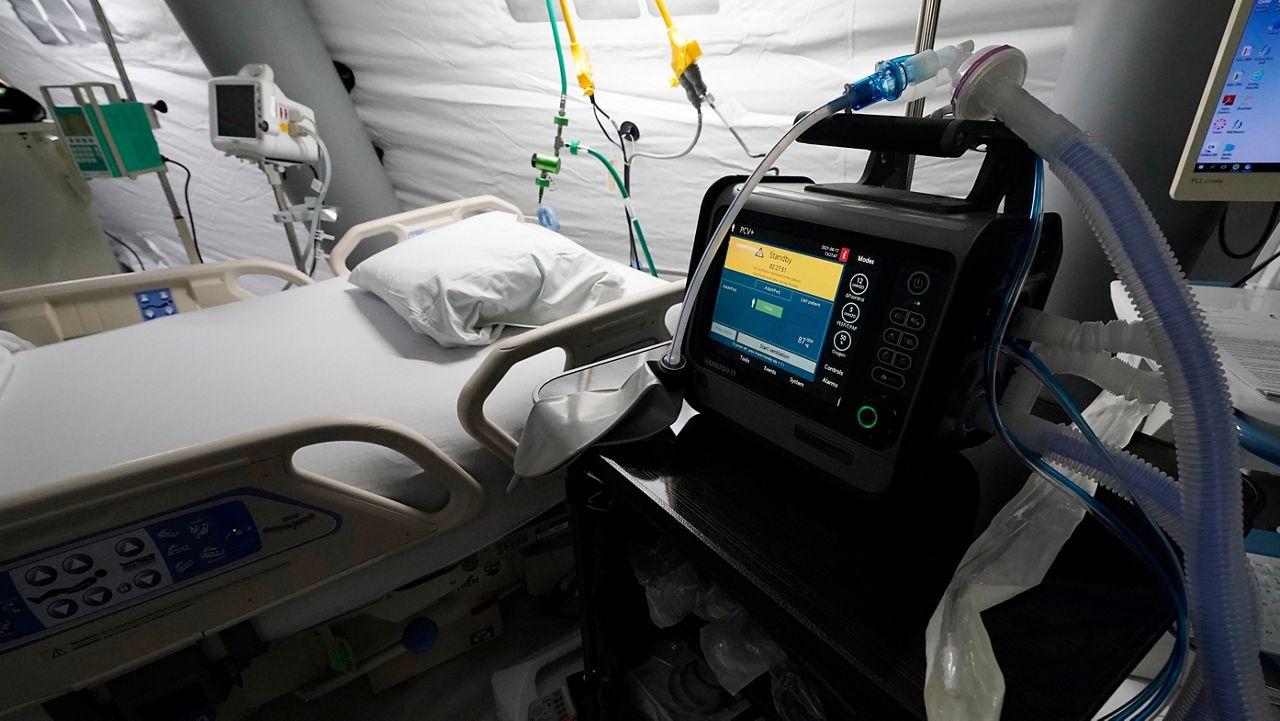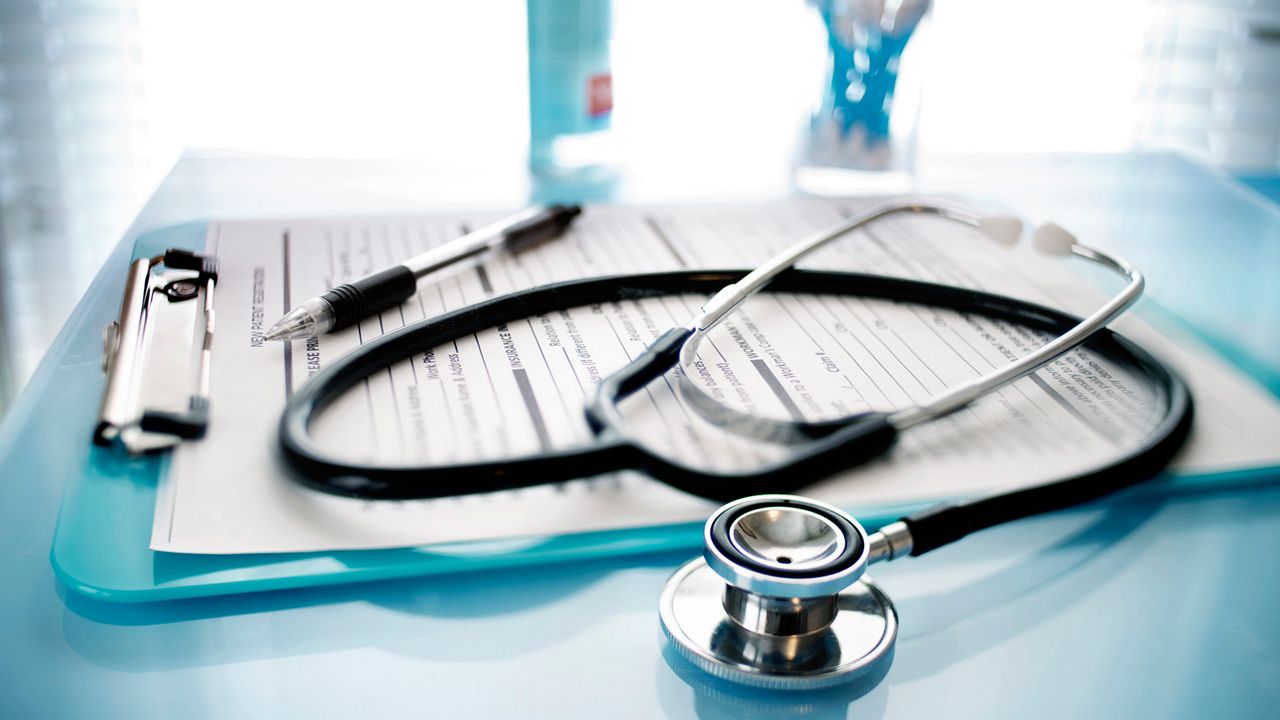The city will expand its mental health services for New Yorkers as part of a plan Mayor Eric Adams unveiled Thursday.
“We must focus on the brain as much as the body,” Adams said in an address unveiling a sweeping package of initiatives.
The mayor’s new mental health agenda will address the drug overdose crisis, provide additional support for New Yorkers with serious mental illness and improve child and family mental health, he and the city’s health commissioner, Dr. Ashwin Vasan, said in a press release.
The plan includes more than $20 million in new investments toward improving mental health in the city, the release said, including $7 million to expand support centers known as clubhouses
What You Need To Know
- Mayor Eric Adams unveiled an ambitious, multi-pronged mental health plan Thursday
- The plan focuses on youth mental health, drug overdoses and support for those with severe mental illness
- The city will create $12 million telehealth program for high schoolers
- The plan also calls for expanding the number of safe injection sites in the city
It would also expand the B-HEARD program that sends health professionals to 911 mental health emergencies, add mental health beds at public hospitals and create 8,000 new units of supportive housing.
"The COVID-19 pandemic — with the stress, isolation, and anxiety it brought so many of us — pushed mental health to the forefront of the conversation," Adams said in a statement. “When it comes to health, we can no longer ignore the brain and focus just on the body any longer; we must address the whole person, and the whole system.”
Another major focus of the plan is youth mental health, with the city launching a $12 million telehealth program for high schoolers.
“We know kids are engaging online more than ever and they want to receive care in this way. That’s clear. That’s very clear. And especially through texting,” city health commissioner Ashwin Vasan told reporters following the mayor's announcement.
To support New York City teenagers, the city will launch a number of new services, including the telehealth program for high schoolers and suicide prevention pilot programming at NYC Health + Hospitals “for youth entering emergency departments for suicide attempts,” according to the release.
New community-based suicide prevention programming, meanwhile, will “specifically serve Black and Brown youth,” the release added.
“Access to robust mental health supports will continue to be an essential component in raising our future leaders and community member,” Schools Chancellor David Banks said in a statement. “New York City public schools is proud to be prioritizing this work alongside Mayor Adams and our agency partners to set our kids up for current and future successes.”
As part of the plan, the city will expand its “non-fatal overdose response efforts” to at least three new hospital emergency departments, the release said. Its 14 syringe service providers will become a network of “Harm Reduction Hubs” that offer health and addiction services, as well as resting places, according to the release.
The city will set up several “public health vending machines” that will dispense naloxone, a medicine that can reverse an opioid overdose, in “neighborhoods with high rates of overdoses,” the release said.
It will also look at bringing new overdose prevention centers to neighborhoods with high rates of overdose deaths and bolster services at its two existing overdose prevention centers, according to the release, a controversial approach that city officials say has proven effective, but may require buy-in from Albany.
Adams said he hopes the governor will see the results the city is getting through the strategy "so that we can get the support that we need."
“The goal is to reduce overdose deaths by 15 percent by 2025. We must have more overdose prevention centers in order to reach that goal," Vasan said.
In addition, the city plans to expand the services it offers to people with serious mental illness by rolling out more mobile treatment options and creating 8,000 new supportive housing units, among other initiatives, the release said.








